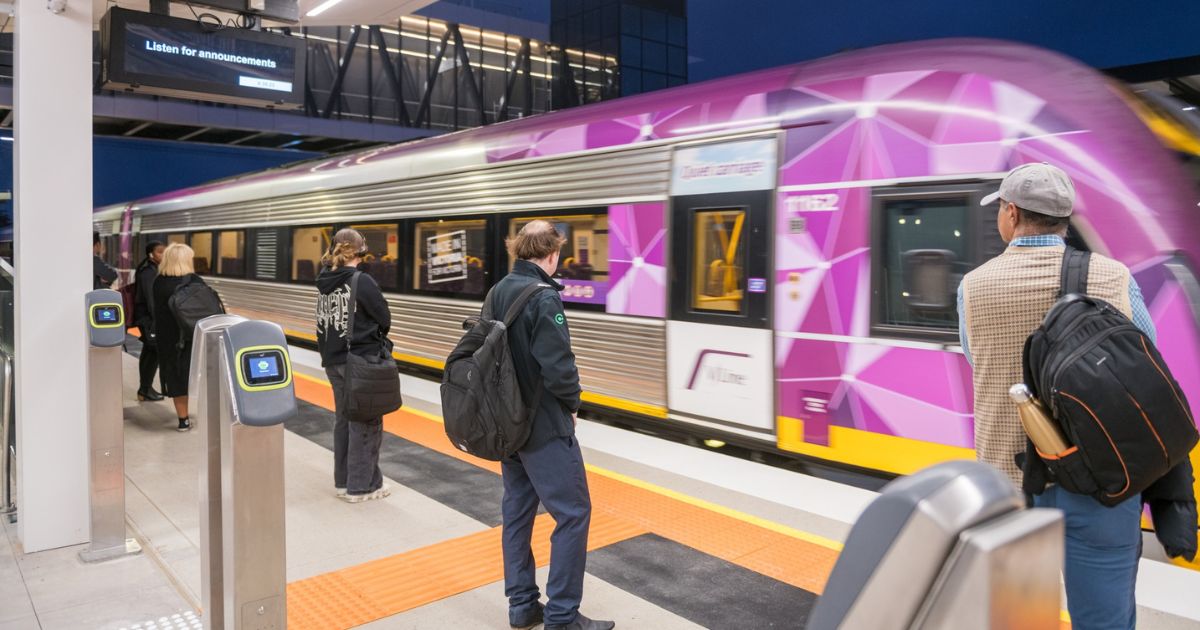Geelong leads the way in record low ambulance wait times

Across the state, 83.8 per cent of all Code One urgent ambulances are arriving at emergencies within 15 minutes.
AMBULANCES are responding faster to lifethreatening emergencies in the City of Greater Geelong, while elective surgery waiting lists are at record lows.
The latest performance data released on Monday shows the Andrews Labor Government’s major health funding boosts and reforms to Victoria’s ambulance system are delivering benefits to Geelong patients when they need it most.
Across the state, 83.8 per cent of all Code One urgent ambulances are arriving at emergencies within 15 minutes, at an average 11:12 minutes of being called out – that’s 38 seconds faster than the same quarter one year prior.
In the City of Greater Geelong, there was more improvement, with 87.4 per cent of ambulances now arriving within 15 minutes for Code One emergencies, up from 82.1 per cent a year earlier.
The average time for an ambulance to reach the scene of a Code One emergency in Greater Geelong over the same period has improved from 11:36 minutes to 10:48 minutes.
The statewide data also shows 86.7 per cent of patients arriving by ambulance were transferred into hospital care within 40 minutes – up from 85.1per cent the previous quarter.
More than half were handed into the care of doctors and nurses within 19 minutes.
Ambulance Victoria chief executive officer Tony Walker said the best response performance in the organisation’s history followed significant reforms and investment, especially in recent years.
For University Hospital Geelong, the elective surgery data shows the hospital:
• Reduced the number of patients on the elective surgery waiting list – from 1,451 at the end of the March quarter to 999 at the end of June.
• Admitted 2,326 patients from the elective surgery waiting list for the June quarter – an extra 333 admissions compared with three months earlier.
• Provided elective surgery to 100 per cent of Category One urgent patients within the benchmark 30 days – and half within 10 days.
• Provided elective surgery to 89 per cent of Category Two semi-urgent patients within the benchmark 90 days in the June quarter – up by eight per cent on the previous three months.”

















